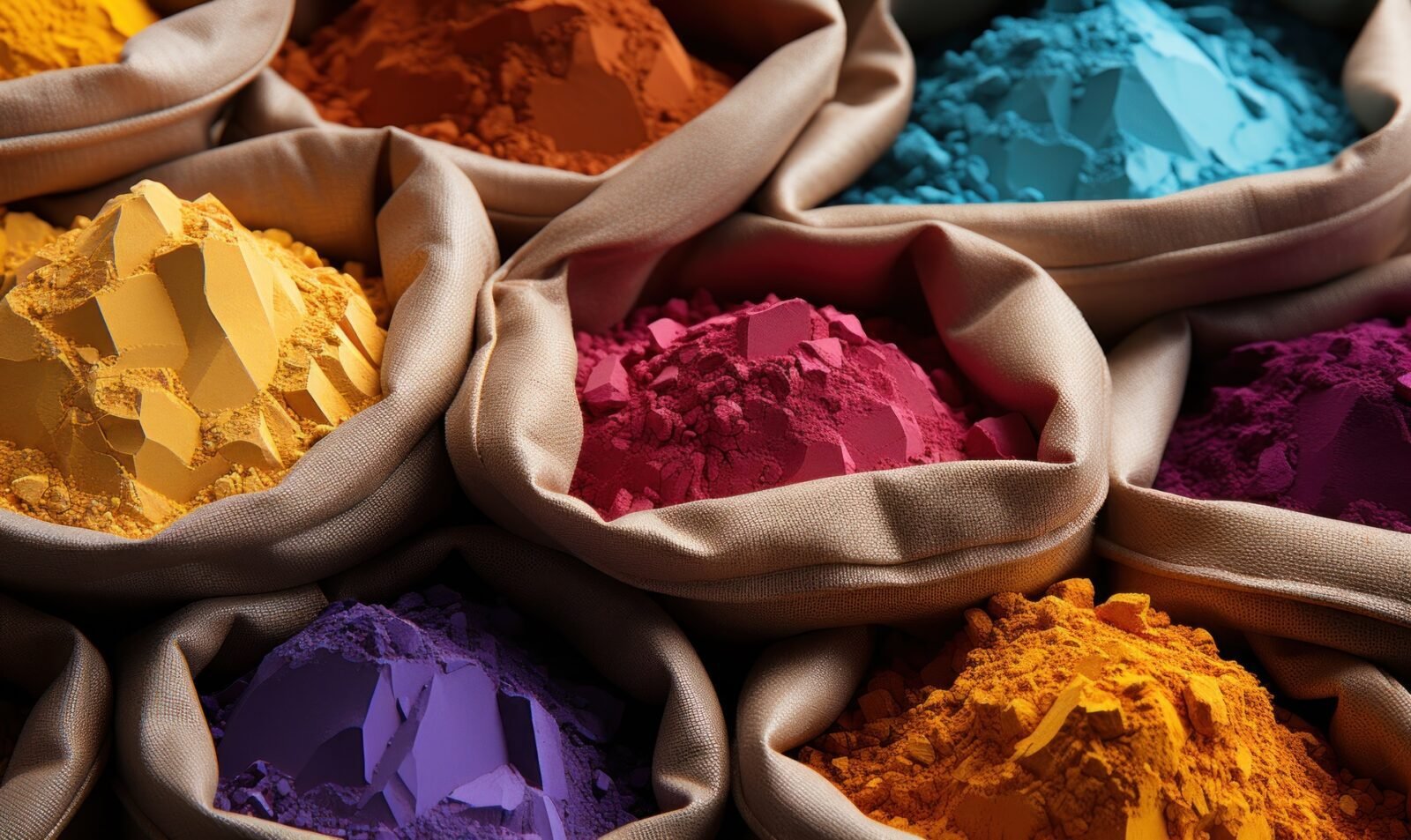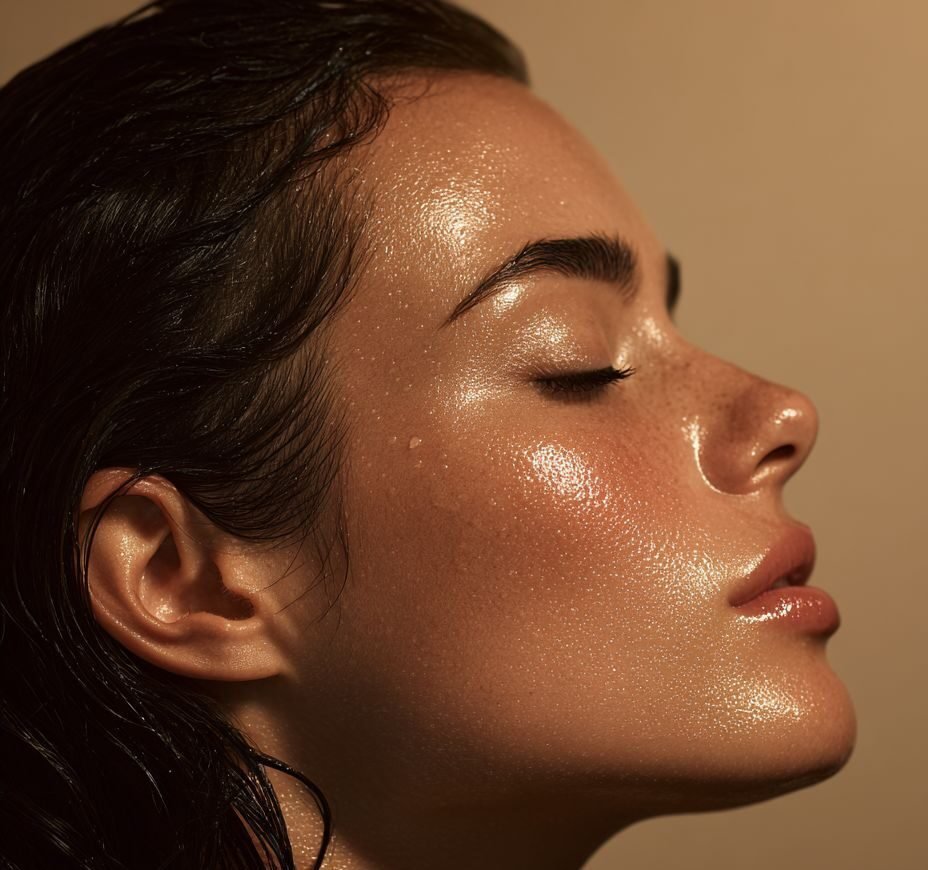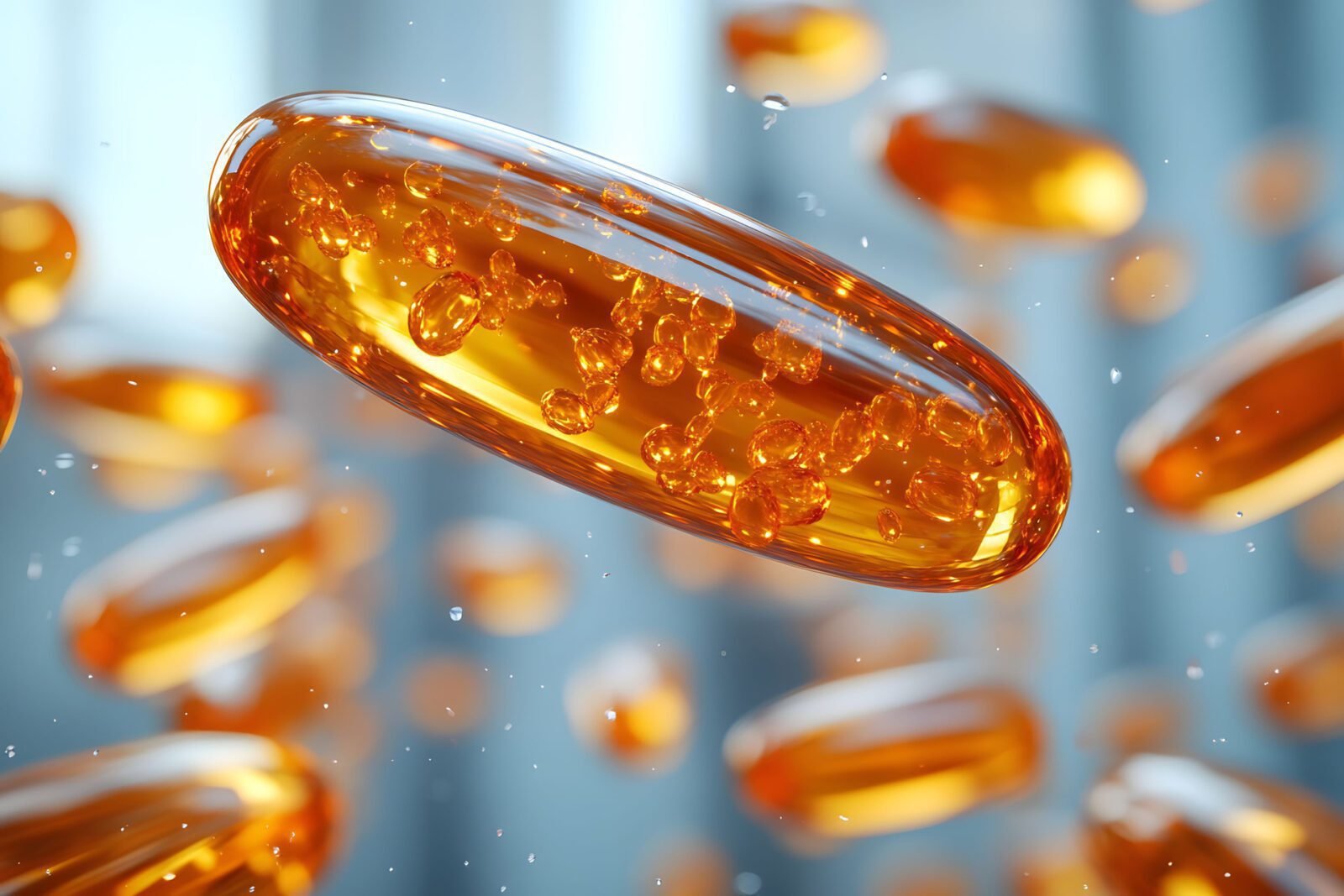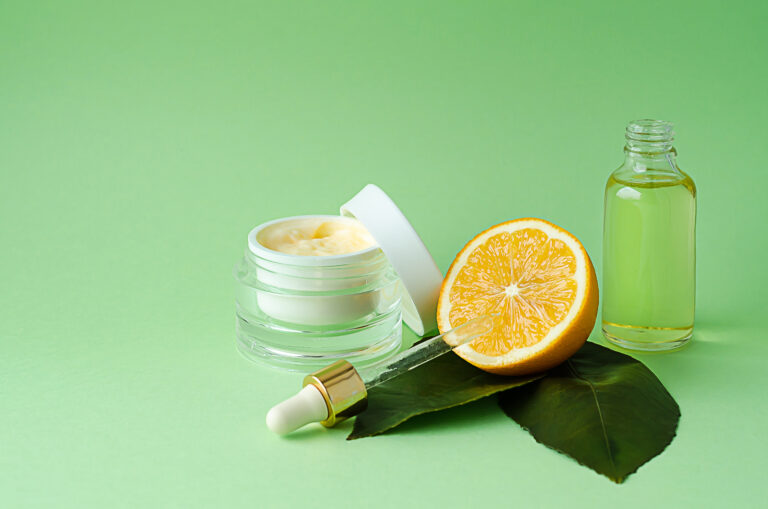Wholesale microalgae pigments are becoming essential in both cosmetics and nutrition. They offer a clean-label, sustainable alternative to synthetic dyes and bring vivid, stable hues to modern formulations. From the brilliant blue of phycocyanin to the antioxidant-rich red of astaxanthin and the golden tones of beta-carotene, these pigments combine visual impact with biological activity.
For formulators, microalgae pigments go far beyond shade creation. Their antioxidant strength, pH behavior, and formulation flexibility make them a powerful toolbox for innovation in skincare, makeup, and functional foods.
Key Families of Microalgae Pigments
Phycocyanin (Blue)
Phycocyanin is a protein-pigment complex extracted from Spirulina platensis. It provides one of the few truly natural blue hues available. Moreover, it offers antioxidant and anti-inflammatory activity, which supports both topical and ingestible applications (Marine Drugs, 2022). Phycocyanin performs best in neutral pH systems—typically between 5.5 and 7.5. It works beautifully in gels, serums, and functional beverages but quickly loses stability under acidic conditions. To preserve its brilliance, formulators should minimize heat and avoid alcohol-heavy bases.
Astaxanthin (Red)
Astaxanthin, produced by the microalga Haematococcus pluvialis, is one of the most potent antioxidants known in nature. It protects lipids, proteins, and DNA from oxidative stress (Nutrients, 2020). In formulations, it delivers a rich red-orange hue and dissolves easily in oils, making it ideal for balms, serums, and emulsions. Because of its strong antioxidant activity, it enhances both color stability and skin defense. Brands often highlight its “superfood” origin, associating it with vitality and radiance.
Beta-Carotene (Orange-Golden)
Beta-carotene is a classic carotenoid pigment that imparts warm, golden-orange tones. It is widely used in creams, lipsticks, and ingestible products. Like other carotenoids, it requires antioxidant reinforcement to prevent oxidation during processing or storage (Food Chemistry, 2021). Pre-dissolving it in emollients helps ensure smooth dispersion and color uniformity.
Chlorophyll (Green)
Chlorophyll and its derivatives provide vibrant green hues and a strong connection to “green beauty.” However, they are sensitive to light and pH changes. As a result, chlorophyll works best in soaps, masks, and rinse-off formats, where its natural identity enhances the product’s eco-conscious appeal.
Formulation Insights
Gels and Serums
Phycocyanin should be added during the cool-down phase under low shear to avoid structural breakdown. Additionally, chelators such as EDTA can support pigment stability. Avoid alcohol-heavy systems, which may denature the pigment-protein complex. For better longevity, include natural antioxidants or encapsulated delivery forms.
Creams and Emulsions
Carotenoids such as astaxanthin and beta-carotene should be pre-dissolved in stable emollients before emulsification. Avoid high-heat exposure, as prolonged heating can degrade these pigments. Instead, cool emulsions gradually and add antioxidants like tocopherols or ascorbyl palmitate to extend shelf life.
Sticks and Balms
In anhydrous systems, carotenoids deliver rich tones while maintaining oxidative stability when paired with low-peroxide oils such as jojoba or caprylic/capric triglycerides. Protect the final product from light using tinted or opaque packaging.
Beverages and Nutricosmetics
Phycocyanin imparts striking blue shades to functional beverages, provided that pH remains near neutral. Carotenoids can also be incorporated through emulsification or microencapsulation, improving dispersibility and protecting against oxidation (Trends in Food Science & Technology, 2023). These systems are ideal for brands bridging nutrition and skincare under a unified “beauty-from-within” concept.
Stability and Quality Control
pH Behavior
Phycocyanin maintains optimal color stability between pH 5.5 and 7.5. Below this range, its chromophore detaches, leading to fading or browning.
Oxidation Protection
Carotenoids are sensitive to oxygen and free radicals. Reinforce them with antioxidants such as vitamin E, rosemary extract, or green tea polyphenols. Using low-peroxide oils also minimizes degradation.
Light Stability
All pigments benefit from light protection. Opaque containers or UV-filtering packaging help maintain color integrity.
Analytical Consistency
Measure Lab* values for each batch to ensure reproducibility. This practice supports both quality control and regulatory documentation.
Why Microalgae Pigments Matter Now
Regulatory and consumer push
Governments and consumers alike are steering away from synthetic colorants. Microalgae pigments offer a compliant and sustainable alternative that aligns with current clean-label expectations.
Marketing and storytelling advantage
“Microalgae-derived” adds a premium, eco-innovative story to both cosmetics and nutrition. It resonates with consumers seeking biotechnology-backed sustainability. Moreover, brands benefit from the crossover narrative—one ingredient family that connects skincare, haircare, and ingestible wellness.
Cross-market versatility
These pigments can be used across industries—from cosmetics to nutraceuticals and functional beverages—creating formulation and sourcing efficiencies. A single pigment line can serve multiple business units, streamlining inventory and production.
Quality and Compliance Considerations
Microalgae pigments must meet both cosmetic and food-grade standards. Manufacturers should evaluate heavy metal content, microbial purity, and solvent residues. Certifications such as ISO 22000, COSMOS, and GMP reinforce compliance and transparency.
In addition, global regulatory alignment is improving. For instance, phycocyanin and astaxanthin are approved as color additives in multiple regions, including the U.S., EU, and Japan. Nevertheless, formulators should always confirm regional allowances and labeling requirements.
Emerging Research and Innovation
Recent studies highlight the dual functionality of these pigments. Astaxanthin supplementation, for example, has been linked to reduced oxidative stress and improved skin elasticity (Nutrients, 2021). Likewise, phycocyanin exhibits anti-inflammatory and wound-healing potential, making it attractive for advanced skincare.
Moreover, advances in microencapsulation, spray drying, and nanoemulsion systems are improving pigment stability and dispersibility. These techniques make natural colorants more robust under light, oxygen, and pH stress—further closing the performance gap between natural and synthetic dyes.
FAQs (Yoast Schema-Ready)
What makes microalgae pigments different from plant dyes?
They offer rare shades—such as true blue from phycocyanin and deep red from astaxanthin—that are difficult to achieve with terrestrial plants.
Can phycocyanin survive in acidic systems?
Not well. Below pH 5.5, the blue chromophore fades rapidly. Neutral formulations are recommended for lasting color.
Are microalgae pigments only for cosmetics?
No. Many grades also meet food standards, making them suitable for beverages, gummies, and dietary supplements.
Why are carotenoids unstable in formulations?
They oxidize easily, particularly when exposed to heat and light. Stabilizers and antioxidants are essential for protection.
Conclusion
Microalgae pigments are more than natural colorants—they symbolize the evolution of clean-label formulation. They merge visual beauty with measurable bioactivity, giving formulators a bridge between skincare and nutrition. By understanding their chemistry—such as the pH sensitivity of phycocyanin, the oxidative behavior of carotenoids, and the rich antioxidant profile of astaxanthin—developers can create products that are both aesthetically powerful and scientifically credible.
As the global shift toward sustainable, bioactive ingredients accelerates, wholesale microalgae pigments will remain central to innovation in skincare, makeup, and functional wellness.
If you’re exploring these pigments for your next formulation or would like to request technical data or samples, contact info@grandingredients.com.
To view our complete range of natural microalgae pigments, visit:
👉 Grand Ingredients Product Center – Microalgae Bioactives







